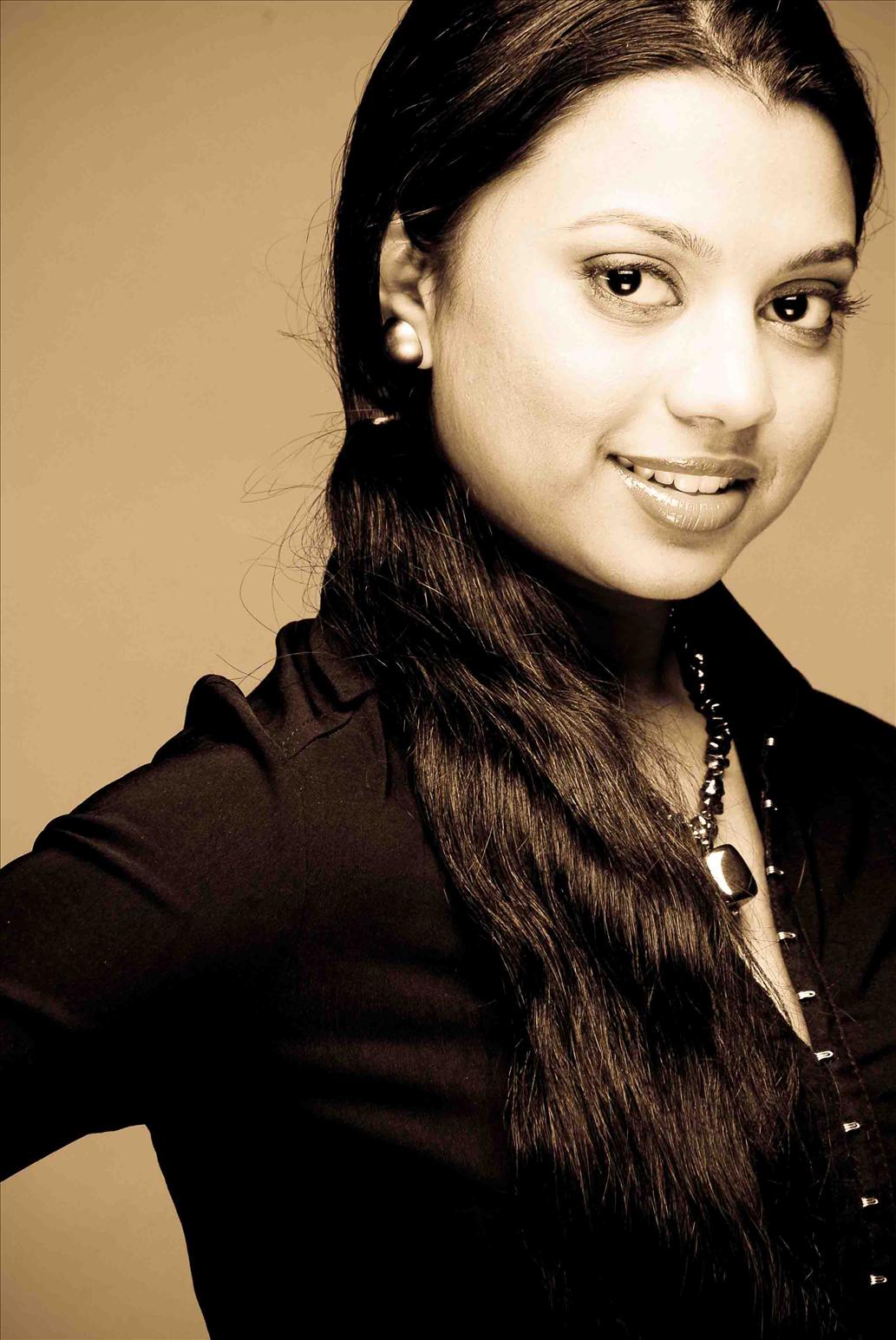October is a special month during which all women receive acknowledgement and prayers. The former marks Breast Cancer Awareness, while the latter pays homage to the various forms of ‘Devi’ or Goddesses in Hinduism.
Women evoke strength in these two scenarios, for fighting against breast cancer is equivalent to a Devi fighting against Her demons.
Such is a perfect correlation that extends to one of the biggest annual festivals in praise of Devi, better known as ‘Durgotsab,’ the Festival of Goddess Durga.
Durga Pooja (Worship) celebrates Her victory in slaying the demon Mahishasura, epitomising the victory of good over evil.
This year, the Festival begins on October 19 (Shashti) and runs till October 23, marking the end known as ‘Vijayadashami.’
Bengalis Special
For the Bengali community in India and around the world, nothing brings greater joy and anticipation than organising the Durgotsab every year, for this is the most important Festival in their socio-cultural calendar.
In New Zealand, Durga Pooja has grown over the years and is now celebrated on a grand scale by the Probasee Bengalee Association of New Zealand (PBANZ).
Beginning in 1992 with a small gathering of Bengalis, the Pooja was later conducted by the Sarbojunin Durgotsab Committee. From 1998, the reins of organising this event passed on to PBANZ, which has included a cultural progamme.
Durgotsab is attended by more than 500 people every year.
Pooja 2015
Now in its 24th year, it is an occasion that glorifies the Bengali community worship of the Goddess and encourages people from other backgrounds to partake, including non-Bengalis and people of other ethnicities who can regard the celebrations as an ode to womanhood.
The Pooja this year will be held at the recently opened Ram Mandir located at 11 Brick Street, Henderson in West Auckland on October 23, 24 and 25.
PBANZ members will prepare ‘Sudh Vaishnav’ (‘Pure Food of Vishnu Bhaktas’) – vegetarian food sans onion and garlic for lunch and dinner on all days of the Pooja.
Durga Idol
The major attraction of Durgotsab would of course be the Idol of Goddess Durga.
The time and process that is involved in creating the Idol of the Goddess inspires piety, awe and pride. Bengalis created their favourite Goddess out of clay which is environment friendly and hence is commendable.
Made from a special type of mud called ‘Etel Mati’ which is found on the eastern banks of the Ganga River near Kolkata, the Goddess was transported to Auckland from Kolkata’s Kumar Toolee, one of the prime locations where artisans excel in creating Hindu idol works of art.
‘Natural’ Process
As it is customary for idols in India to be immersed in the river after a major festival, creating them out of natural substances such as clay or mud disintegrates easily into the water ensuring that no harm is done to its aquatic life.
Since clay itself is sourced from the river banks, the cyclic process of mud to idol and back to mud will continue year after year, hence giving a new twist to the Bengali chant towards Goddess Durga, ‘Asshe Bachhar Aabar Aashbe’ (You will come again next year).
Besides the respect towards Mother Nature, there are other reasons that are prominent for Goddess Durga to be held in reverence, especially by Bengalis.
According to the Hindu ideology, She is ‘Adi Shakti,’ the Supreme Primordial Force in the Universe, the Divine Mother who ‘gave birth’ to everything. For, without Her Will and Power, nothing can exist in the cosmos.
Durga’s ‘Extended Family’
Amit Sengupta, Principal and Director of the Auckland based Mohammed Rafi Academy of Music and PBANZ member, says that worshipping Durga as Shakti also involves the worship of all the other Hindu Gods and Goddesses, her immediate and extended family. These include Her consort Lord Shiva and their two sons, Lord Ganesh and Lord Kartikeya, Her brother Lord Vishnu and His consort Goddess Lakshmi, and Lord Brahma’s consort Goddess Saraswati.
“After Kirti Bas Ojha penned down the Bengali version of Ramayana, which is the only accredited text to portray Lord Rama (the seventh incarnation of Lord Vishnu), offering obedience to Goddess Durga on the advice of Lord Shiva, Bengalis began to have great respect for Her and hence followed on the Durga Puja trend to this day,” he said.
Bengali Culture
PBANZ is a not-for-profit cultural organisation aimed at promoting Bengali culture and traditions for migrant Bengalis settled in New Zealand, with particular focus to those born and raised here.
Besides Durgostab, the Association conducts other cultural and social programmes such as Theatre and Rabindranath Tagore’s Birthday Celebration, and encourages members to participate in sporting activities including Cricket, Football, Badminton and Volleyball.
In addition, PBANZ houses a Bengali library with an abundant stock of literal and visual materials, aiding members to keep in touch with their heritage.
Membership to the Association is open to all who are passionate about Bengali literature and culture.
Membership forms can be completed on the Association’s website (www.probasee.org.nz).
Photo:
- Goddess Durga at the Durgotsab in Auckland
- Debes Bhattacharyya performing Durga Pooja
- Nirmita Ghosh at the Durgotsab
- Bengali women celebrating ‘Sindoor Khyala’











